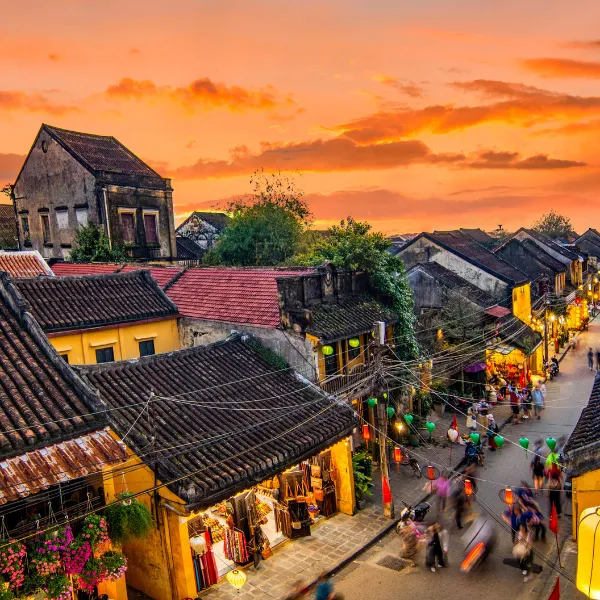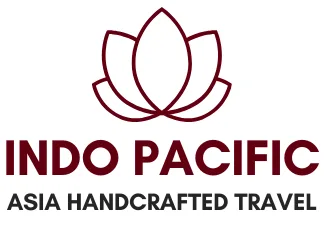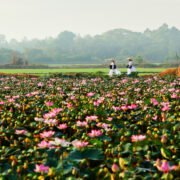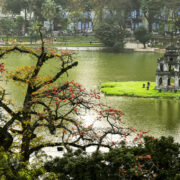
Hanoi Architecture Heritage Through 5 Unique Cafés
Hanoi architecture cafes offer a unique window into the city’s rich and layered history. The capital of Vietnam is home to a remarkable blend of Eastern tradition and Western influence, and some of the best places to experience this harmony are through its beautifully repurposed cafes. From French colonial villas to narrow tube houses, these cafes allow you to sip coffee while surrounded by architectural stories from centuries past.
1. Loading T – A Taste of the Indochina Era
article content
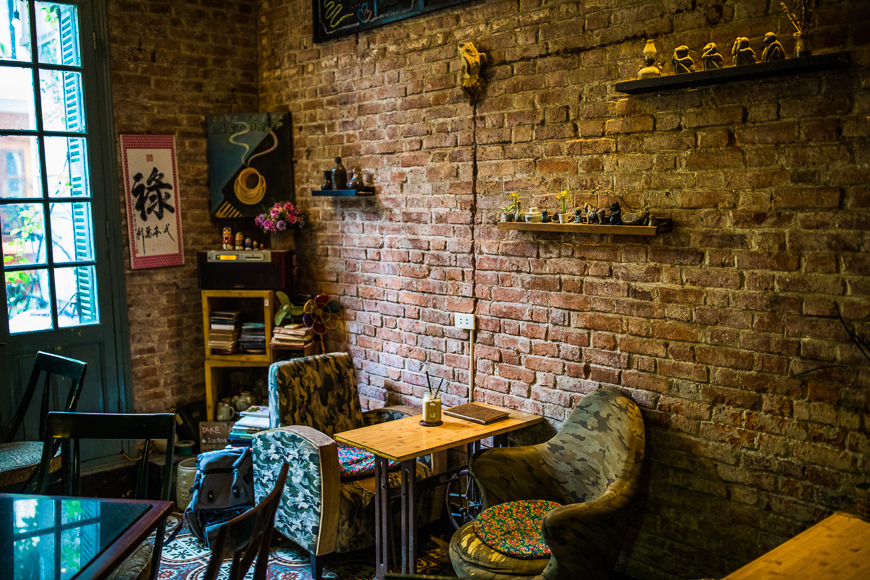
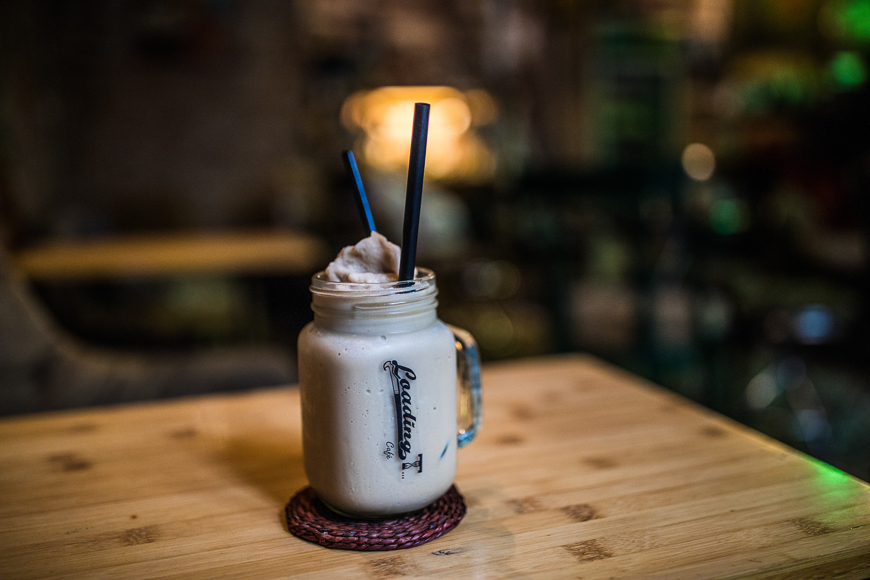
Located inside a century-old French colonial villa in the Old Quarter, Loading T is one of the finest Hanoi architecture cafes. Built in 1932, the house originally belonged to a wealthy family before being divided into multiple residences during the 1950s. Today, olive-green shutters, patterned tile floors, and a peaceful balcony preserve its vintage charm.
TIP: Try their cinnamon-infused coffee or Hanoi’s signature egg coffee for a uniquely local experience.
Hanoi House Cafe
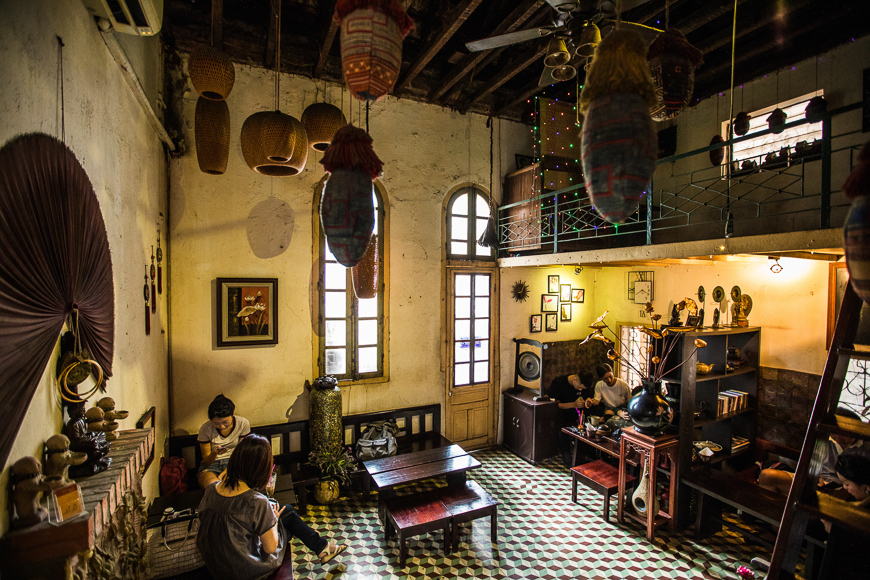
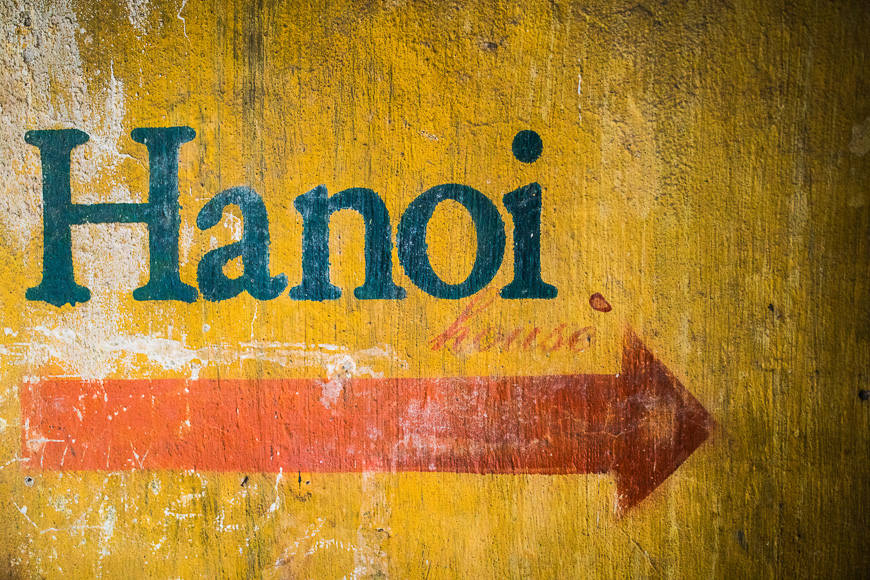
Hidden behind an old gate near St. Joseph’s Cathedral, Hanoi House Cafe is a cozy gem inside an early 20th-century French-style building. With a tall ceiling, a non-functioning fireplace, and art deco tiles, this space radiates quiet elegance. A small balcony—converted from an old window—offers a stunning view of the cathedral.
TIP: Walk down the alley next to the café and take the narrow stairs to find it. A perfect spot for writers and quiet thinkers.
Bancông
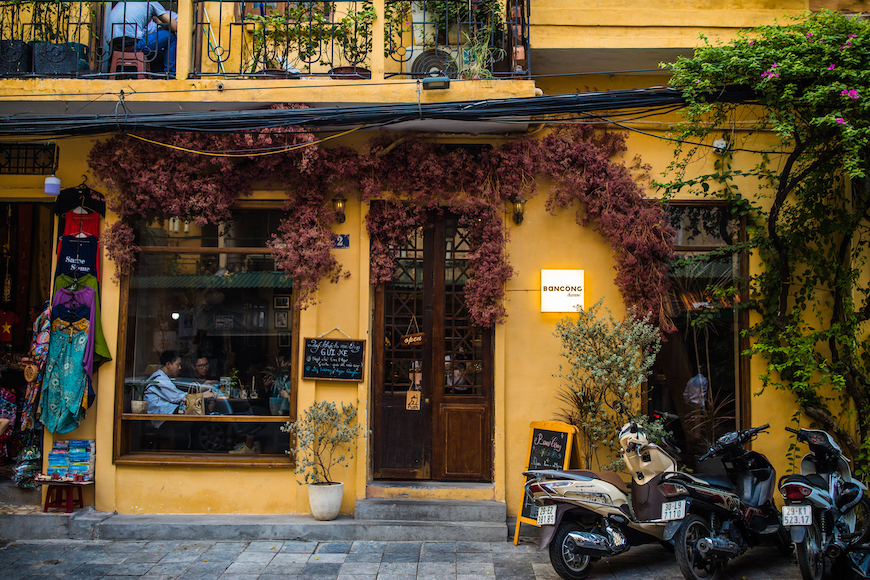
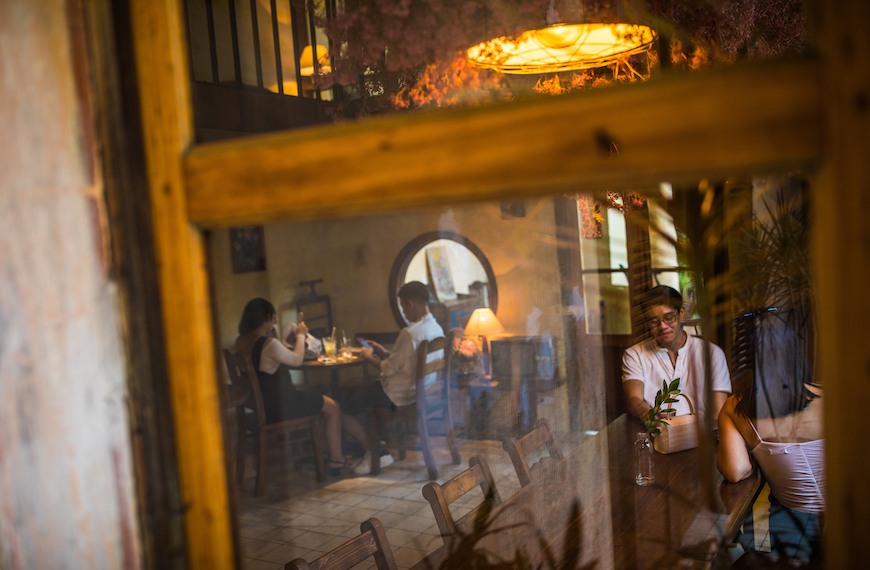
Bancông stands out among Hanoi architecture cafes thanks to its rare Art Deco design. Most buildings of this style are located in the French Quarter, but Bancông brings modernist curves and clean lines to the Old Quarter. Believed to be built just before World War II by a Vietnamese official, this corner house retains its residential roots in a bustling trading district.
TIP: Visit in the afternoon to catch golden light streaming through its signature curved windows.
Manzi
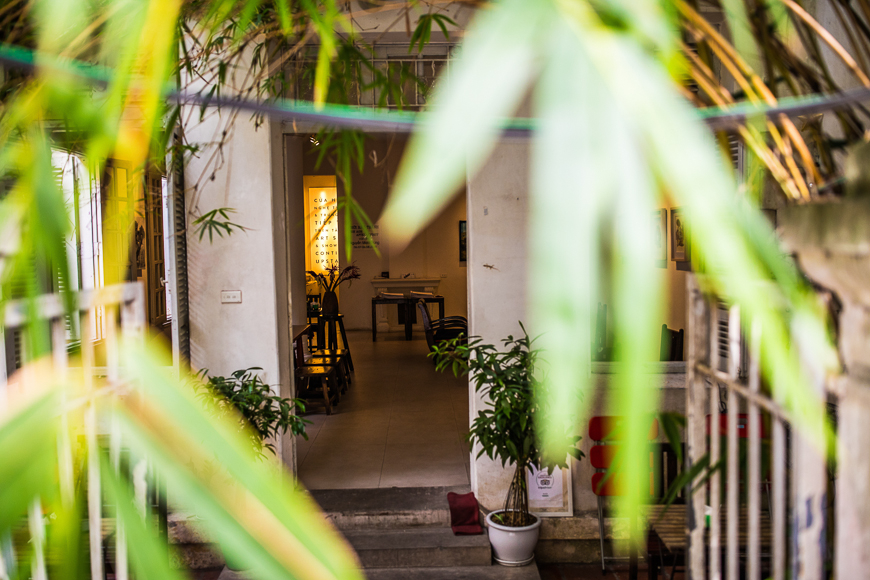
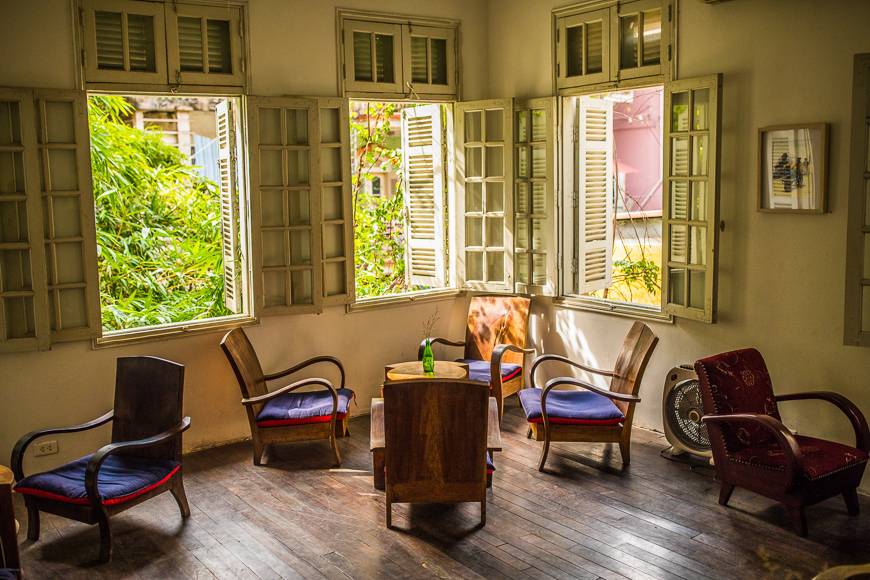
Manzi is more than just a café; it’s a cultural hub. Housed in a freestanding colonial villa, Manzi mixes preserved architecture with rotating exhibitions of Vietnamese contemporary art. Whitewashed walls provide a modern contrast to the original wooden floors and French windows upstairs.
TIP: Head upstairs to browse original artworks – perfect if you’re looking for an artistic souvenir.
Cafe Duy Tri

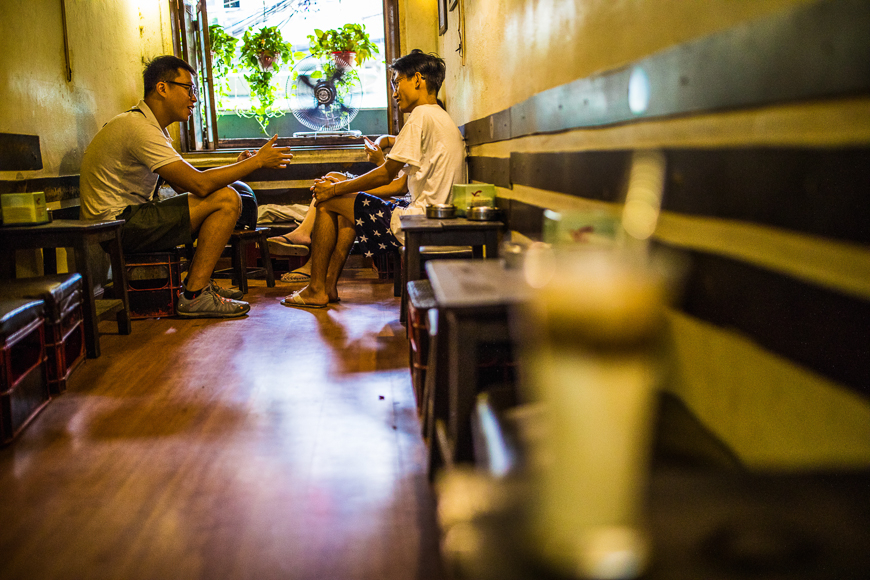
No list of Hanoi architecture cafes is complete without Cafe Duy Tri. Located in a traditional “tube house” near West Lake, this café exemplifies the narrow yet deep architectural style developed after the war. Despite its tight entrance, the space opens up with character. Established in the 1930s, it’s one of the oldest coffee spots in Hanoi.
TIP: Known for its creamy homemade yogurt and strong Vietnamese drip coffee.
Why Visit Hanoi Architecture Cafes?
These cafes do more than just serve coffee – they preserve the architectural heritage of Hanoi. Whether it’s the romantic balconies of colonial villas or the ingenious design of tube houses, each location lets you experience a piece of the city’s soul. Exploring these Hanoi architecture cafes is a slow, meaningful way to understand the evolution of the capital through its buildings, stories, and flavors.
Recent Posts
Dong Thap Lotus – Discover the Land of the Pink Lotus in Vietnam 🌸
Phong Nha Travel – The Ultimate Vietnam Adventure Guide
A Swiss Couple’s Vietnam Travel Journey – 15 Days of Culture, Cuisine, and Natural Wonders
All Categories
- CaMau (1)
- DaLat (1)
- DaNang (3)
- Explore Vietnam (61)
- Food & Drink (20)
- food tour VietNam (3)
- GiaLai (1)
- HaGiang (4)
- HaiPhong (2)
- Halal Dining in Vietnam (2)
- HaLong Bay (3)
- Hanoi (7)
- Ho CHi Minh City (1)
- HoiAn (1)
- hue (2)
- LamDong (1)
- Nam du Island (1)
- NinhBinh (1)
- PhuQuoc (1)
- Travel Tips & Guides (2)
- Uncategorized (1)
- Vietnam (1)
- Vietnam Culture & Lifestyle (3)
- Vietnam Travel Planning (4)
- YenBai (1)
Tags
